Many challenges this year have left the world insecure about their wellbeing in public places. Covid-19 has closed businesses for months and kept residents homebound by inflating infection numbers. Society has since been burnt out due to pandemic fatigue. People are ready to get out and relax without risky travel. What better way than to unwind locally at the pool or beach?
What Precautions Should Commercial Businesses take to keep their Swimming Pool Areas Safe for Public Use during the Covid-19 Pandemic?
As things slowly transition back to normal there are still precautions that need to be taken to prevent further outbreaks. Commercial Businesses need to be more attentive to cleanliness and guest safety than ever before if they wish to keep their pool areas open during this troubled time. This includes HOAs, Hotels, Clubhouses, Waterparks, Community Pools, Apartments, and any other location that accepts public patrons. Provisions, such as limiting guest capacity, encouraging social distancing tactics, disinfecting furniture, and promoting hand hygiene, should be taken to minimize the chance of widespread contamination.
- Limit Guests – Reducing the number of guests will reduce the possibility of infection. The pool area should be reduced to half or under the capacity to allow effective distancing protocol. Signs need to be posted of the capacity limit at all entrances and enforced whenever possible. If there were to be an outbreak, this would ensure that only a small group of people would be subjected to likely contamination. Additionally, this would also allow maintenance staff to clean the area around occupants easier.
.jpg)
- Encourage Social Distancing – Keeping people 6 ft. away from anyone not within their household is the first line of defense against the virus. But besides setting up buoy safety rope lines, there is no practical way to encourage social distancing in the pool. However, you can arrange the pool deck in a manner that will. Consider storing half the patio furniture including chaise lounges, dining chairs, patio tables, side tables, etc. and placing the remainder in a way to keep people comfortable, but safe. For example clusters of two to three chaises lounges can be placed 6 ft. apart, so families can remain together but away from other groups. Again signs should be posted at every entrance to advise guests of social distancing guidelines.
- Disinfect Furniture – Keep all commonly touched surfaces clean and disinfected routinely. This includes entrance gates, doorknobs, and pool furniture within the swimming area. Typically it is advised to clean all furniture once a month for general maintenance, but to prevent the spread of COVID it is recommended to sanitize throughout the day.
 There are a few ways an establishment can do this effectively:
There are a few ways an establishment can do this effectively:
1. Assign maintenance personnel to spray and wipe down all commonly touched surfaces every other hour with ¾ water and ¼ bleach solution and a soft rag.
2. Set outstations of ¾ water and ¼ bleach spray solution or buckets of warm water and Dawn dish detergent with a rag so the guest can wipe down the furniture, before and after use.
3. Have refillable sanitizer wipe stations available, again so patrons can wipe down what they use to ensure sanitation. Sanitizer wipe stations can be positioned in suitable locations including on patio tabletops, attached to walls and fencing, or coupled with a trash can for a stand-alone, easy discard system. Keep wipes in a location out of the sun to preserve moisture.
- Promote Hand Hygiene– One main cause of the coronavirus is contact between tainted hands and the face. One sure way to promote safety is through good hand hygiene practices. By providing filled hand sanitizing stations next to entrances (inside and out) and in convenient locations around the pool deck, you can prevent the problem before it starts. There are several options of sanitization station to fit any need and location:
.jpg)
1. Hand Pump - A traditional style sanitizer dispenser that is distributed via a manual hand-pressed button. Easily mountable to a wall, fence, or surface mount stand for convenient placement
2. Automatic - Similar to the hand pump model in the application and can be placed in any suitable location. However, it replaces the manual pump button with a motion sensor to prevent any indirect hand contact. Lacking the physical push button, the automatic hand-dispenser can also be mounted on a portable stand which can place sanitizer wherever it is needed without breaking the wall or ground. The sensor is set on time to restrict the overuse of the sanitizer gel. Batteries are required.
3. Hands-Free - An innovative portable design that allows hand sanitizer dispensing by foot instead of by hand. This allows for fitting around the pool area placement with no sensors, batteries, and indirect hand-to-hand contact. It has an adjustable head that regulates the amount of sanitizer gel per pump. Stations can be clearly marked with standard or customized graphics to stand out to guests while also matching the style of the pool deck.
- Pool Chemical Levels – Make sure that the pool level chemical levels are at their ideal levels. Too little and the water will have less of an impact on the virus, however too much will cause a swimmers’ nose and eye drainage causing a more immediate threat of spread especially if they are asymptomatic.
Facts that People Should Know Before Going to the Beach or Swimming Pool
Can the coronavirus disease spread through swimming pools?
It is highly unlikely that a person will become infected with COVID by swimming in a pool. The volume of water contained in the pool along with the constant movement of the filtration system is enough to lower the concentrated numbers of the virus and the possibility of infection. In addition, chlorine is a sanitizing agent that is able to eradicate the virus within 15 minutes or less according to thedisinfectants list from the EPA.
.jpg)
Is it safe to use an indoor swimming pool during the COVID-19 pandemic?
Yes, with discretion. As mentioned previously, it is not likely to contract the virus by swimming in the pool. However, the indoor pool area provides less space for social distancing and more surfaces for the virus to cling and spread from person to person. Standard precautions for any public place need to be taken with care.
.jpg)
What precautions should we take before going to the beach or swimming pool during the COVID-19 pandemic?
Most of the same safety measures that apply when treading in a public place also apply when visiting the beach or swimming pools. Social distancing, masks, and hand hygiene are among the top defenses when restricting the spread of the virus.
.jpg)
- Social Distancing - While going to the beach or swimming pool it is important to stay 6 ft. away from anyone not in your household. Although it has been proven that repository droplets from sneezing can exceed the 6 ft. range, the size of the droplets is greatly reduced along with the risk of infection. By setting up in an area and staying clear of an outsider, you drastically reduce your chances of securing the virus. If a location appears to be overcrowded, consider coming back later or finding a new activity for the day to stay safe.
- Masks - Wearing a mask is important. Masks, whether it be cloth or surgical, will add a protectant barrier by covering one's nose and mouth. This doesn’t only stop germs spread from a person sneezing, but also through coughing and talking. Unfortunately wearing a mask while engaged in an activity involving water, such as swimming, will make it very difficult to breathe. Awet mask will adhere to one's face and restrict airflow by filling water between the fabric weave. It is not recommended to wear a mask at the pool or beach, especially if it's wet.
- Hand Hygiene– Besides staying clear of airborne respiratory droplets, the second-best defense is to keep your hands clean. The virus is often spread from infected common surfaces, where the virus is transferred from the object, to the hand, and to some one's eye, nose, or mouth. Ideally, you would want to wash your hands with soap and water because soap kills the pathogen by destroying the membrane of the virus. If no soap is available at the beach or pool, you can vigorously rinse your hands in the pool or saltwater. This method is an attempt to reduce the number of viruses on your hand but doesn’t completely remove it. You should refrain from touching your face until a more reliable method form of handwashing is attainable. Packing a hand sanitizer that is 60% alcohol or better by volume with your towels and sunscreen wouldn’t be a bad idea either.
- Sick and High Risk – If you are sick you should stay home and avoid going to any public areas, including swimming pools or the beach. Someone who is sick should wait10 days after their first apparent symptom and 24 without any fever before returning to public regions. Likewise, if you are considered to be high risk due to age, immunocompromised, or just around someone that is, public places with large turnover rates should be avoided until the threat of COVID is maintainable through effective treatments.
Though these times are troublesome doesn’t mean people can’t continue to enjoy life to the fullest. By being mindful and prepared we can continue to keep our swimming pool open for leisurely activities.
People also ask, how do you clean pool furniture? Read more for complete details!




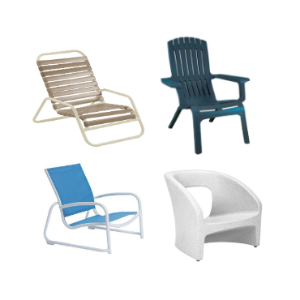
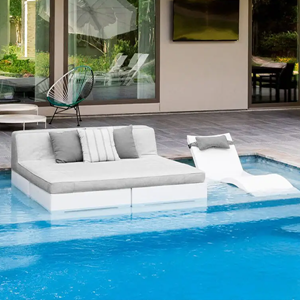
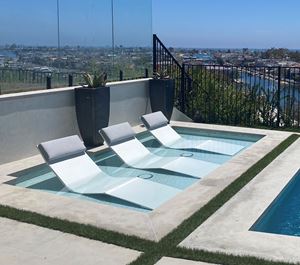
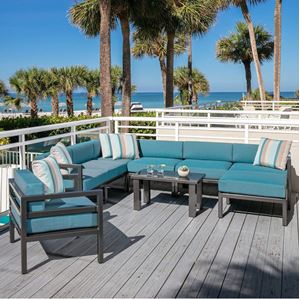



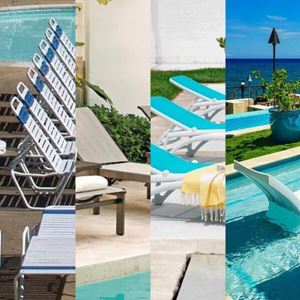
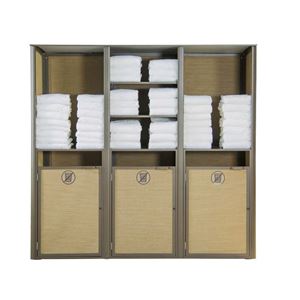

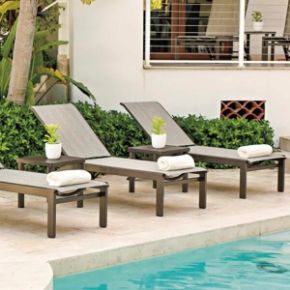






























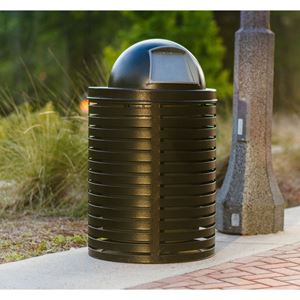








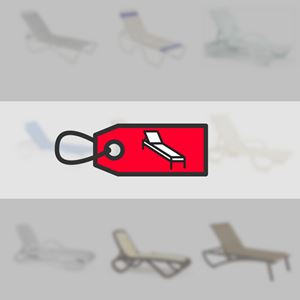




Leave your comment